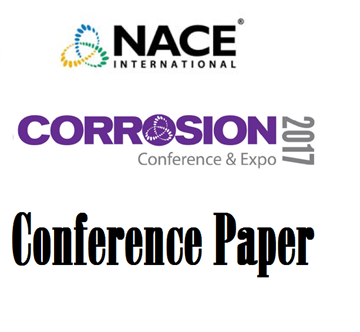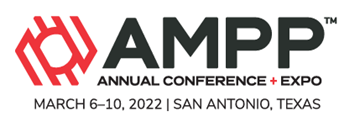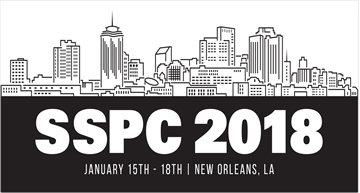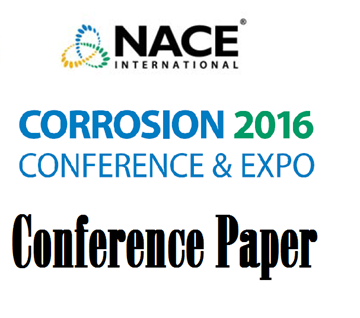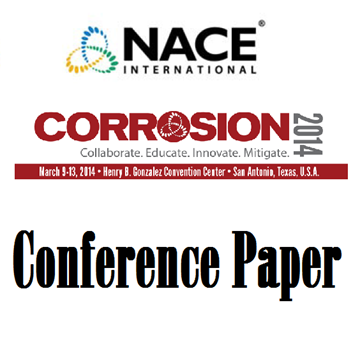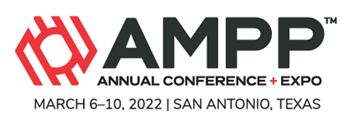Search
Individual Conference Papers
View as
Sort by
Display
per page
Mechanistic Correlations Between Single and Multicomponent Corrosion Inhibitor Blends for CO2 Corrosion Control
Product Number:
51317--9190-SG
ISBN:
9190 2017 CP
Publication Date:
2017
$20.00
Mechanistic Insights into Refinery Sulfidation Corrosion
Product Number:
51323-19107-SG
Publication Date:
2023
$20.00
Mechanistic Model as a Bias toMachine Learning Algorithm for Confident Prediction of Corrosion
Product Number:
51323-19108-SG
Publication Date:
2023
$20.00
Mechanistic Modeling Of The Impedance Response Of Cathodic Reduction Of Hydrogen Ion In Strong Acidic Environments
Product Number:
51322-17900-SG
Publication Date:
2022
$20.00
Mechanistic Studies of Sour Underdeposit Corrosion in the Presence of Chemical Inhibition
Product Number:
51315-6004-SG
ISBN:
6004 2015 CP
Publication Date:
2015
$20.00
Mechanistic Study of the Effect of Iron Sulfide Layers on Hydrogen Sulfide Corrosion of Carbon Steel
Product Number:
51315-5933-SG
ISBN:
5933 2015 CP
Publication Date:
2015
$20.00
Meeting Expectations When Specifying Concrete Rehabilitation
Product Number:
51218-103-SG
Publication Date:
2018
$20.00
Mercury Liquid Metal Embrittlement of ASTM Grade 29 Titanium
Product Number:
51316-7556-SG
ISBN:
7556 2016 CP
Publication Date:
2016
$20.00
Mercury Liquid Metal Embrittlement Testing of Oil and Gas Production Alloys
Product Number:
51314-3993-SG
ISBN:
3993 2014 CP
Publication Date:
2014
$20.00
Mesh Free Epoxy Passive Fire Protection - The Challenge: Advancements in Intumescent Epoxy Rapid Rise Passive Fire Protection Reduced Labor and Installation Costs
Product Number:
41214-867-SG
Publication Date:
2014
$20.00
Metal Dusting Resistance Of Nicrmocu Alloy And Its Weld Overlay Under High Pressure Condition
Product Number:
51322-17570-SG
Publication Date:
2022
$20.00

